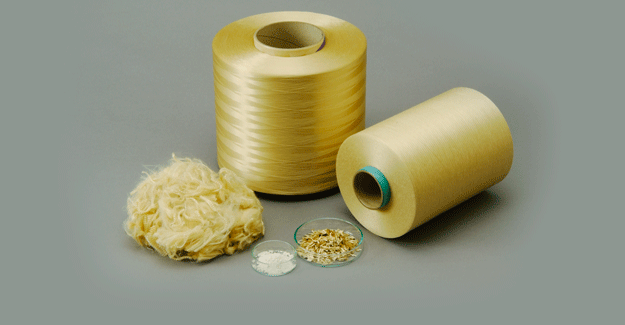With the latest technological advancement, demand for new and technologically modified materials is on the rise. In an era of technology and inventions, Aramid nanofibers are becoming a topic of interest for applications in the field of flexible electronics, battery separators and many more. The essential properties needed are a 1-dimensional nano-scale structure, high strength, and thermal and chemical resistance. 1-dimensional nanoscale structure helps in generating high aspect ration in nanomaterials along with high surface area. High strength and Youngs modulus is essential for load-bearing and wear resistance properties. Chemical and thermal stability are essential for allowing these nanofibers to work in the application-based environment. We’ll also discuss tempering steel process in this article.
Keeping the note of properties and applications of Aramid nanofibers, we have cover topic in the following heading;
- Aramid nanofibers – Introduction
- Synthesis
- Properties
- Applications
Introduction
Aramid nanofibers (ANF) were first synthesized by the deprotonation of PPTA fibers. This synthesis was carried out by Kotov in 2011. From the time of synthesis of these fibers, scientists have started identifying the possible use of these fibers in vast areas of material science, chemistry and polymer science. One of the prime importance given to this class of nanofiber is being the suitable composite reinforcement. ANF is prepared from PPTA fibers using a top-down synthesis approach. PPTA fiber trade name, if you must know, is KEVLAR which finds its best use in anti-ballistic vests. The most common forms of ANF are nano papers, coating, and particles.
Synthesis
Developing nanomaterials from PPTA fibers is an uphill task due to inertness and poor solubility. Conventional nano synthesis methods like phase separation, electrospinning show poor performance for the production of Aramid nanofibers along with lower efficiency. For ANF production, two synthesis strategies can be used as follows;
- Polymerization incorporated self-assembly – Bottom-up approach
- Combination of Electrospinning, disintegration, and deprotonation – Top-down approach
Aramid for Tempering furnace
Aramid fibers as mentioned have high resistance to temperature and can be used for tempering furnaces. Tempering furnaces are widely used for quenched steel samples. Tempering steel process is quite common for highly complex and widely used cold-work tool steels.
It is primarily utilized for high-temperature activity, extraordinary boat, electrical building, marine tasks, different kinds of slings, suspension, military research, and different fields.

Kevlar rope utilizes aramid/kevlar fiber as crude material with preferences of high-temperature opposition, wear obstruction, cutting opposition, high quality, no scratch glass, etc. The glass is warmed by a heater at a temperature of 200-500 ° C. and afterward cooled by a flame broil. Along with glass, tempering steel process can also use application of Kevlar fiber. The glass is presented to cold metal rollers because of an enormous temperature distinction. The aramid roller rope spirally cools the roller of the heater, Metal liner between the arrangement of cushioning, the glass can not be presented to the low-temperature metal roller, glass to maintain a strategic distance from scratches, impacts, cold burst. Accordingly improving the yield of steel.
Aramid has the entirety of the properties you need in a speargun line. It’s ultra high quality, ultra-low stretch and unrivaled bunch maintenance imply that once fixed your constrictor bunch will remain tight. Maintain a strategic distance from the issues of bunch creep or stretch inalienable in other elite filaments. This line is incredible for a large number of uses including model rocketry, tempering steel process and fire poi. The general qualities of aramid are High Modulus, High ductility (Load At Specified Elongation), High Tensile Strength at Low Weight, high fracture toughness, (Structural Rigidity), Low Electrical Conductivity, High Chemical Resistance, Low Thermal Shrinkage, High Toughness (Work~To~Break), Superb Dimensional Stability, High Cut Resistance, Flame Resistant, Self-Extinguishing.
Kevlar Aramid high-temperature roller rope (mostly commonly used for tempering steel process furnaces) is made of aramid 1414 bent, aramid fiber has high-temperature obstruction, fire retardant, and high-pressure opposition. The applications of aramid fiber are essentially glass treating heater roller transport, hardening heater, roller winding, Kiln heater, mechanical heater protection, and so on. The item has high-temperature opposition, long haul high-temperature obstruction up to 330 ° C, transient high-temperature obstruction is up to 600 ° C Degree, fire retardant doesn’t bolster burning. It is utilized regularly in cruel situations, so it has a long help life and shouldn’t be supplanted habitually.



